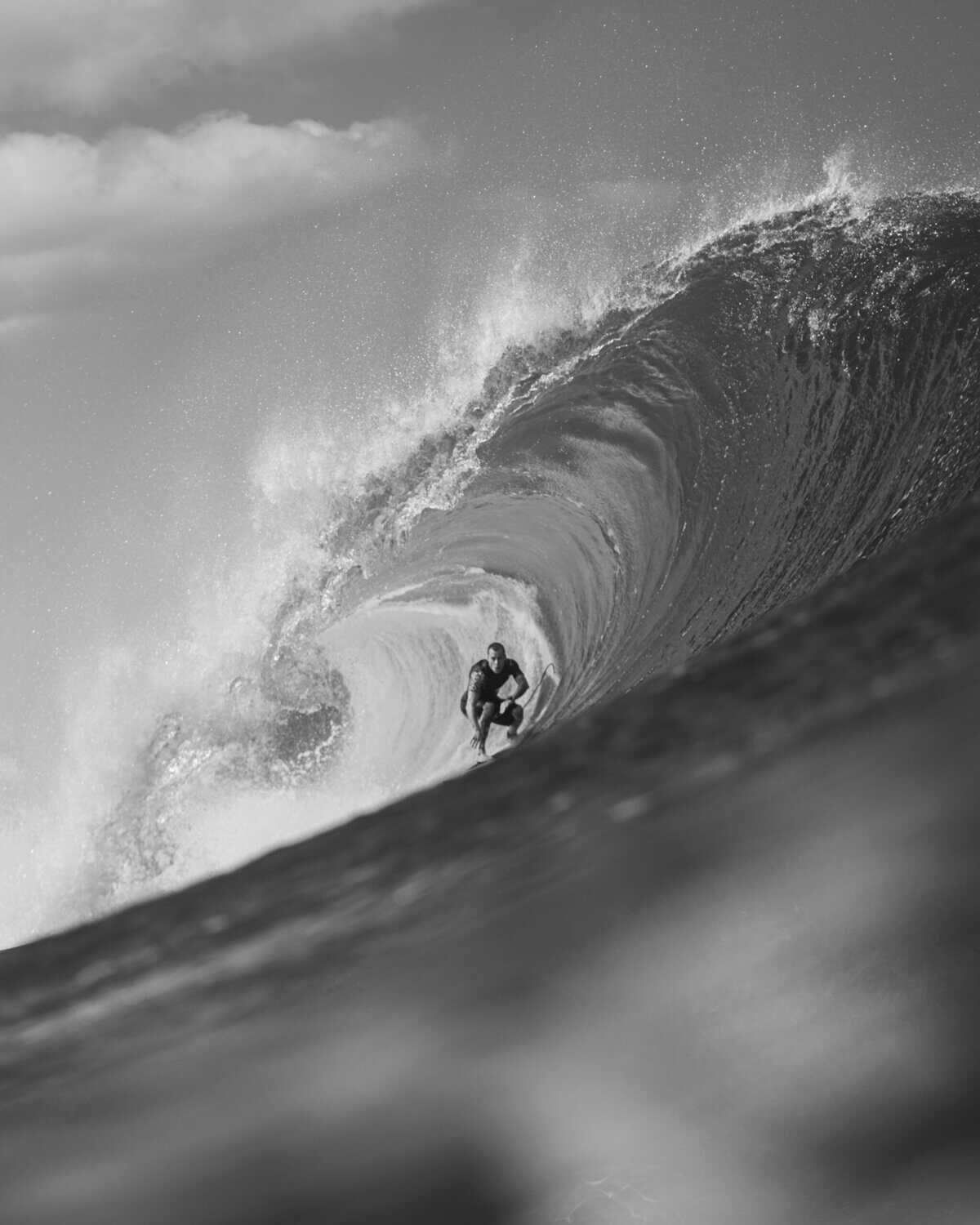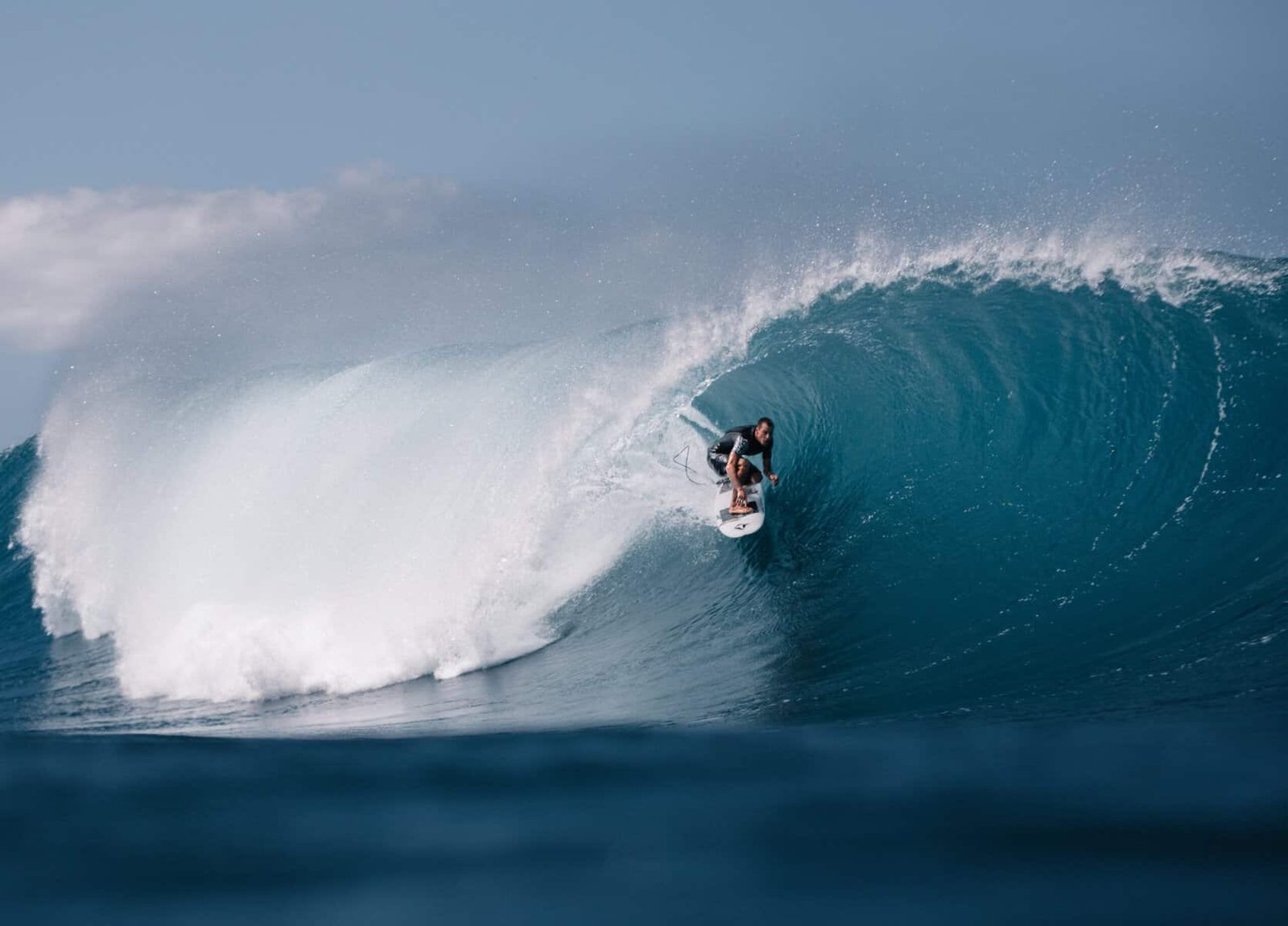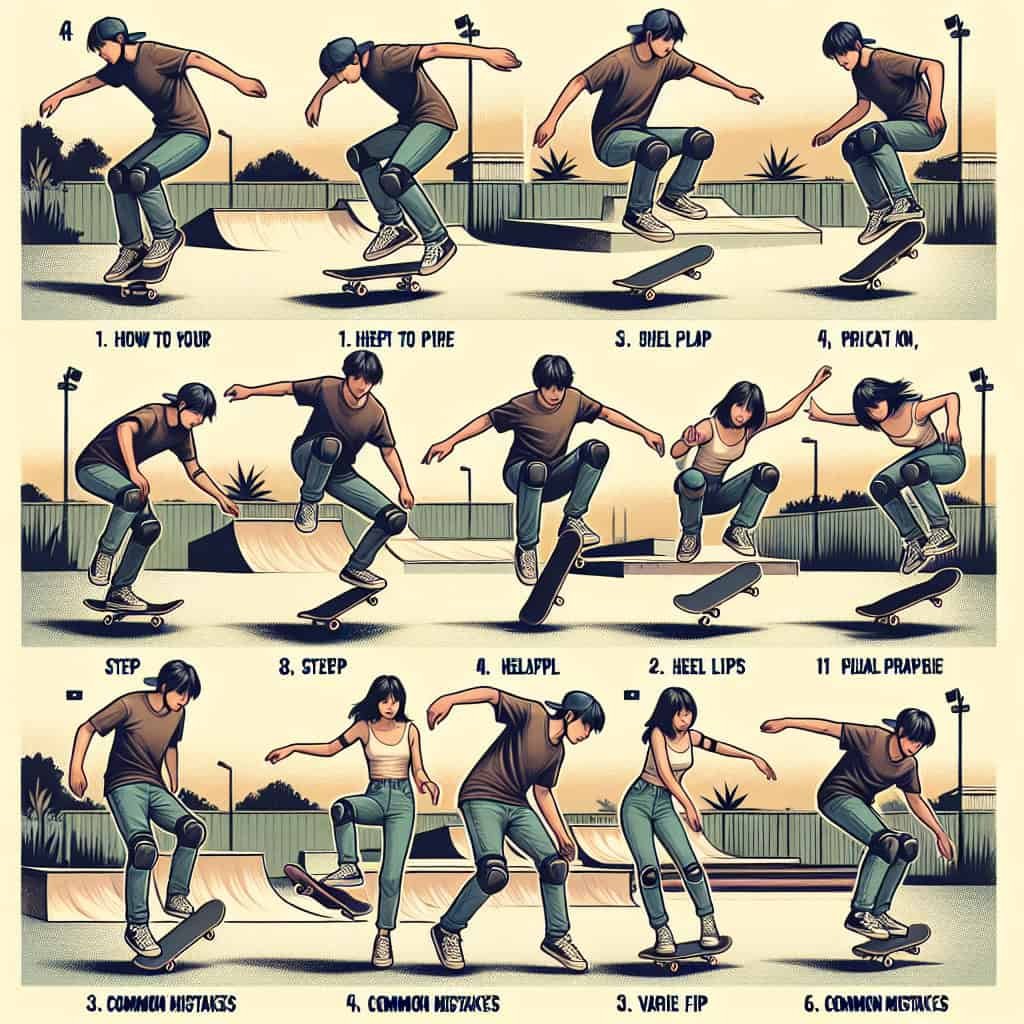So you’ve mastered the basics of skateboarding and now you’re ready to take your skills to the next level. You want to learn how to perform those jaw-dropping skateboard heelflips and varial flips that you see the pros executing effortlessly. Well, you’ve come to the right place! In this article, we’ll break down the steps and techniques for practicing these tricks, so you can become a skateboarding pro in no time. Get ready to impress your friends and conquer the skatepark with your awesome flip tricks!
1. Basic Skills Required for Skateboard Tricks
1.1 Riding with Confidence
Before attempting any skateboard trick, it is important to have a solid foundation in riding your skateboard with confidence. Being comfortable and balanced on your board will make learning tricks much easier and safer. Practice riding on different terrains, such as smooth pavement or skate parks, and master techniques like turning, carving, and stopping.
1.2 Ollie
The ollie is considered the fundamental trick in skateboarding and serves as the building block for many other tricks. To ollie, you need to pop the tail of your skateboard down while jumping, causing the board to leave the ground. Practice popping the tail with your back foot and jumping with your front foot, coordinating the motion to create a smooth ollie.
1.3 Kickflip
Once you have mastered the ollie, you can move on to learning the kickflip. The kickflip is a trick where the skateboard flips under your feet while in the air. Start by practicing the flick of your front foot to initiate the flip and the fast drag of your back foot to level out the board. With practice and perseverance, you will be able to land kickflips consistently.
2. Understanding Heelflips and Varial Flips
2.1 Heelflip
The heelflip is a trick that involves flipping the skateboard sideways using the heel of your front foot. Start by positioning your feet as you would for an ollie – with your back foot on the tail and your front foot just below the front bolts. To initiate the heelflip, flick your front heel diagonally towards the edge of the nose. As the board flips, extend your front leg to allow it to complete a full rotation. Practice landing with both feet over the bolts to maintain balance.
2.2 Varial Flip
The varial flip is a combination of a pop shuvit and a kickflip. To perform a varial flip, start by setting up with your feet in the same position as an ollie. Pop the tail down and use a slight shuvit motion with your back foot to make the board spin 180 degrees horizontally. At the same time, flick your front foot to initiate the kickflip motion just like you would for a regular kickflip. Practice the timing and coordination of both the shuvit and kickflip motion to land the varial flip smoothly.

3. Warm-Up Exercises
3.1 Stretching
Before attempting any skateboard trick, it is essential to warm up your muscles and increase their flexibility to reduce the risk of injury. Spend a few minutes stretching your legs, hips, arms, and back. Focus on stretching your calves, thighs, and hip flexors, as these muscle groups are heavily engaged during skateboarding.
3.2 Jogging or Jumping Jacks
Engaging in a short warm-up cardio activity, such as jogging or doing jumping jacks, can increase blood flow and raise your body temperature. This prepares your muscles for the physical demands of skateboarding and helps prevent muscle strains or pulls.
3.3 Leg Swings
Leg swings are an effective way to warm up your legs and hips, improving your range of motion and stability. Stand beside a wall or a sturdy object and swing one leg forward and backward, gradually increasing the height and speed of the swing. Repeat this on both legs for a few minutes to loosen up your lower body.
4. Practicing Heelflips
4.1 Step-by-Step Guide
To practice heelflips, follow these steps:
- Start with your feet in the ollie position, with your back foot on the tail and your front foot just below the front bolts.
- Bend your knees and prepare to pop the board.
- As you pop the tail down, flick your front heel towards the edge of the nose.
- Let the board flip completely and extend your front leg to allow it to rotate.
- Spot the grip tape and prepare for landing.
- Aim to land with both feet over the bolts, bending your knees to absorb the impact.
4.2 Foot Positioning
Proper foot positioning is crucial for executing heelflips. Place your back foot on the tail where it feels comfortable, and position your front foot just below the front bolts, angled slightly towards the heel side of the board. Experiment with foot placement to find the optimal position that allows you to flick the board while maintaining control.
4.3 Flicking Motion
The flicking motion is essential for initiating the heelflip. As you pop the tail down, quickly flick your front heel diagonally towards the edge of the nose. The speed and angle of the flick will determine how the board flips. Practice this motion repeatedly, focusing on consistency and accuracy.
4.4 Landing and Balance
To maintain balance and land heelflips consistently, aim to land with both feet over the bolts. Bend your knees to absorb the impact and stay crouched to maintain stability. Stay focused and spot the grip tape as you prepare for landing to ensure your feet connect with the board securely.

5. Drills and Tips for Varial Flips
5.1 Comprehending the Motion
Understanding the motion of a varial flip is crucial to execute it successfully. Spend time visualizing and analyzing the movement, breaking it down into two distinct parts: the shuvit and the kickflip. By understanding the mechanics of each component, you can better coordinate them to perform the varial flip.
5.2 Correct Foot Placement
Similar to a kickflip, foot placement plays a significant role in the execution of a varial flip. Position your back foot on the tail, slightly angled towards the heel edge. Your front foot should be placed just below the front bolts, angled slightly towards the toe side of the board. Experiment with foot placement to find the most comfortable position for you.
5.3 Pop and Flick
To initiate the varial flip, pop the tail down while simultaneously performing a subtle shuvit motion with your back foot. As the board begins to rotate, flick your front foot towards the corner of the nose to initiate the kickflip motion. Practice the timing and coordination of the pop, shuvit, and kickflip to achieve a smooth and controlled varial flip.
5.4 Adding Style
Once you have mastered the basic mechanics of the varial flip, you can start adding your own personal style to the trick. Experiment with different body movements, arm positions, or variations in foot placement to make the varial flip uniquely yours. Embrace creativity and explore different ways to express yourself through the trick.
6. Progression and Troubleshooting
6.1 Taking Small Steps
Progressing in skateboarding requires patience and taking small steps. Start by practicing the fundamental skills needed for heelflips and varial flips consistently before attempting more complex variations. Through consistent practice and incremental improvements, you will build the necessary muscle memory and confidence to progress in your skateboarding journey.
6.2 Identifying and Addressing Mistakes
When learning heelflips and varial flips, it is common to make mistakes. Identifying these mistakes is key to improving your technique. Pay attention to details such as flick strength, foot placement, timing, and body positioning. Losing focus or rushing the trick can result in errors. Take note of your mistakes, analyze them, and make adjustments accordingly.
6.3 Practicing Regularly
Consistency is crucial in mastering skateboard tricks. Set aside dedicated practice sessions regularly to work on heelflips and varial flips. Aiming for at least several practice sessions per week will help you progress faster and build confidence in executing these tricks. Remember, practice makes progress!

7. Safety Precautions
7.1 Use Protective Gear
Skateboarding can be a risky activity, so it is essential to prioritize safety. Always wear protective gear such as a helmet, knee pads, elbow pads, and wrist guards while practicing heelflips and varial flips. Protecting your head and vulnerable joints can minimize the risk of serious injuries.
7.2 Skate in a Controlled Environment
When practicing heelflips and varial flips, choose a controlled environment such as a skate park or smooth pavement. Avoid skateboarding on uneven or crowded surfaces as they can increase the chances of accidents. Additionally, ensure there are no obstacles or hazards in your practice area that could potentially cause injury.
7.3 Listen to Your Body
Skateboarding is physically demanding, and pushing yourself beyond your limits can lead to fatigue or injuries. Pay attention to your body and take breaks when needed. If you feel any pain or discomfort, it is important to rest and allow your body to recover. Don’t hesitate to seek medical attention if necessary.
8. Persistence and Mental Attitude
8.1 Be Patient
Learning heelflips and varial flips, like any skateboard trick, takes time and practice. It is essential to be patient with yourself and avoid getting discouraged. Set realistic goals and celebrate small achievements along the way. Remember that progress comes with persistence and dedication.
8.2 Stay Positive
Maintaining a positive mindset is crucial in skateboarding. Embrace the challenges and setbacks as part of the learning process. Focus on the joy of skateboarding and the satisfaction of improving your skills. Surround yourself with supportive friends or join a skateboarding community to share experiences and gain motivation.
8.3 Embrace Failure as Part of the Learning Process
Failure is an inevitable part of learning any skateboard trick, including heelflips and varial flips. Embrace failure as an opportunity to learn and grow. Analyze your mistakes, make adjustments, and try again. With each failure, you are one step closer to success. Remember that even the most skilled skateboarders went through the same process of trial and error.
By following these tips and practicing regularly, you can improve your skills in heelflips and varial flips. Remember to prioritize safety, stay positive, and enjoy the journey of skateboarding. With perseverance and determination, you will continue to progress and develop your skills as a skateboarder. Happy skateboarding!

